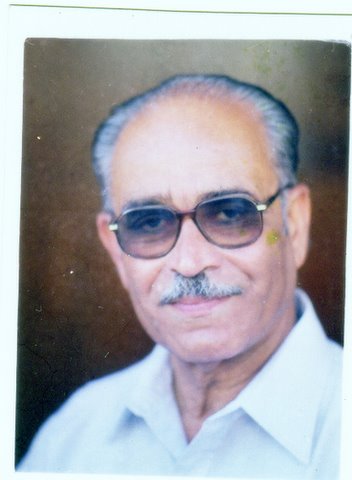
Bapu Satyanarayana, born 1932 in Bangalore, retired as Chief Engineer, Ministry of Surface Transport. At present, he is the presiding arbitrator of the Dispute Adjudication Board appointed by the National Highway Authority of India. He lives in Mysore, and enjoys writing for various newspapers and magazines on a variety of subjects, including political and civic issues.
Grandstand view
It seems so long ago, nearly 70 years ago (in the 1940s and the 1950s) when life in Mysore city was so simple and uncomplicated.
It was the time when children like me spent more time playing various games in the field, and were not burdened, like children now, with homework and tuition classes. We had a healthy respect for our teachers, mixed with fear, that shaped our values to succeed in life.
I was living in house No. 1498/2 on the road called Weavers Lane, presently known as Ram Iyer's street, running behind Sharada Vilas High School in Krishna Murthy Puram. On the eastern side, there was a wide expanse of open field in front of our row of houses, which, during the evenings, it was teeming with children playing cricket, football, basketball, Kho-Kho and Chinni Dandu.
There was a road going round it, where one could see long distance runners practicing.